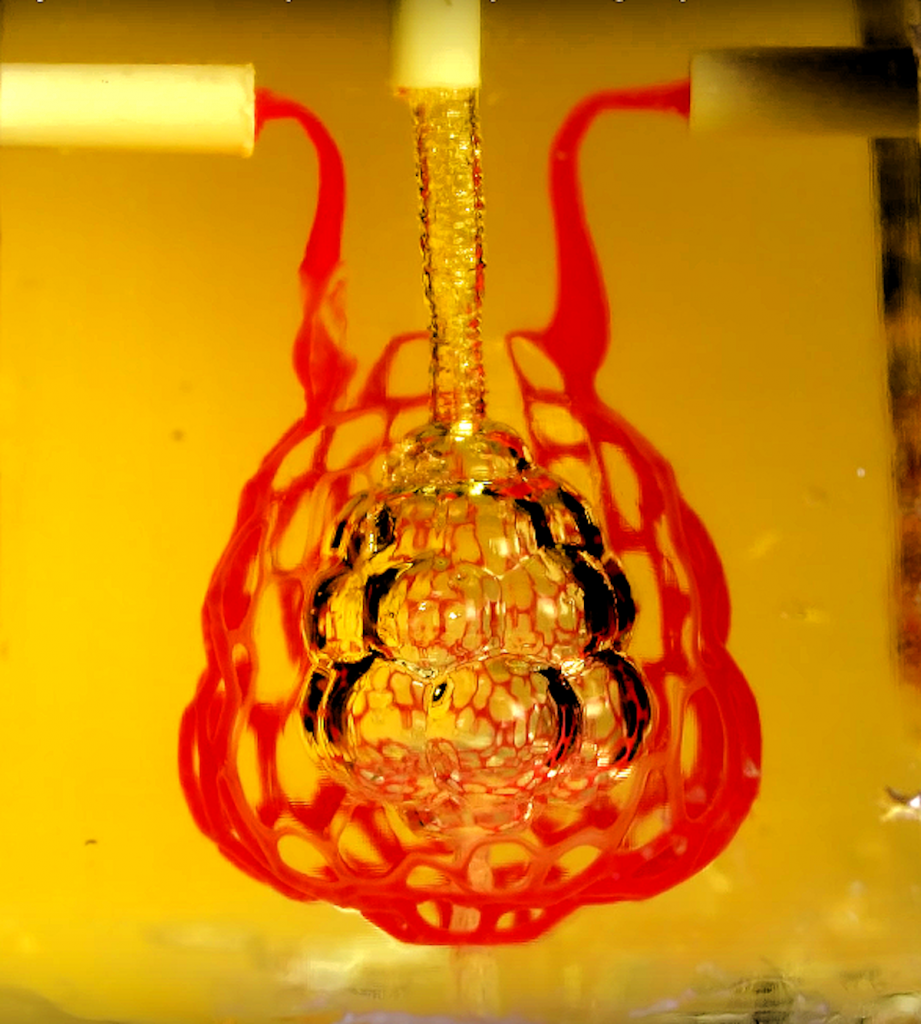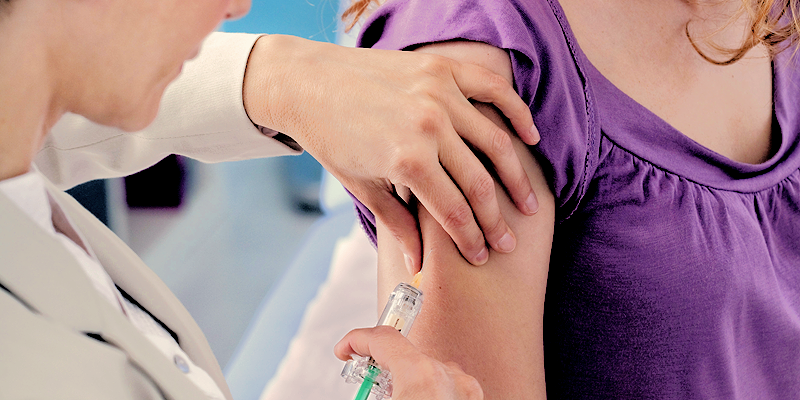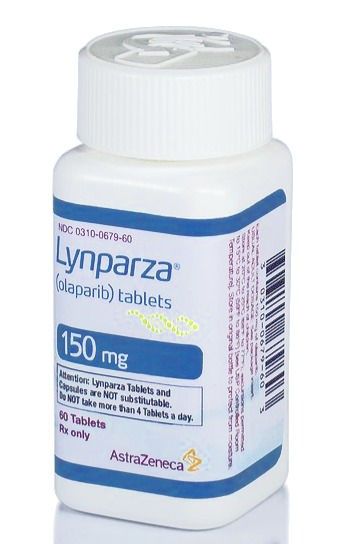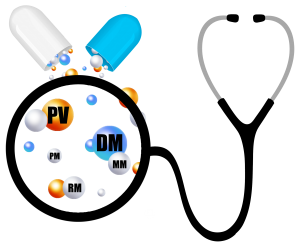5-minute weekly newscast – 23/06/2019

The spotlight is on the researchers at Rice University and the University of Washington. They have 3D-bioprinted a live lung model! This is a major breakthrough in 3D-bioprinting and bioengineering. The major challenge facing 3D-bioprinting of any live organ model is keeping the 3D-bioprinted organs alive. With the 3D-bioprinted live lung model, scientists have to build complex vascular channels, with the smallest vessels about 300 micrometers wide, around 3D-bioprinted alveolar sacs, allow continuous blood flow in the vascular network and continuous air flow in the alveolar web, and facilitate smooth air gas exchange between the 3D-bioprinted air sacs and blood vessels. To overcome this challenge, the bioengineers built a soft scaffold using a liquid hydrogel that solidifies when exposed to blue light, dispensed alveolar cells, then projected a fine image of the blood vessels onto the soft scaffold, layer by layer, which allowed construction of the 3D-bioprinted live lung model. There was another hurdle that faced the bioengineers. The light-absorbing chemicals used to control the process turned out to be highly toxic to living tissue. Bioengineers used tartrazine, also known as yellow dye #5, a biocompatible dye widely used in the food industry, which turned out to be an effective light absorber.

Safety concerns rise as a recently published cluster analysis study of 39,953 Human Papilloma Virus (HPV) vaccine individual case safety reports (ICSRs) in VigiBase showed 54 clusters containing at least one HPV vaccine ICSR. The largest four clusters that included 71 % of the analysed HPV ICSRs were Cluster 1: Expected Systemic reactions, Cluster 2: Allergic / Hypersensitivity Reactions, Cluster 3: Vasovagal Reactions, and Cluster 4: Expected Local Reactions. The most commonly reported Adverse Event (AE) terms were headache and dizziness and fatigue or syncope; three of these four AE terms were reported in >50 % of the HPV ICSRs included in the clusters. The causal association between HPV vaccination and these four AEs remains uncertain. These four AEs overlap with complex regional pain syndrome, postural orthostatic tachycardia syndrome, and chronic fatigue syndrome safety signals that have emerged with HPV vaccination. The most commonly reported seriousness criteria were ‘caused/prolonged hospitalisation’, ‘disabling/incapacitating’, or a combination of these two.

Lastly, Astra Zeneca and Merck shared the promising results of SOLO3, a randomized (2:1) controlled phase 3 trial of Lynparza (Olaparib) monotherapy versus physician’s choice of single-agent chemotherapy (paclitaxel, topotecan, pegylated liposomal doxorubicin or gemcitabine), for the treatment of platinum-sensitive relapsed patients with germline Breast Cancer gene 1 mutated and Breast Cancer gene 2 mutated (gBRCAm) advanced ovarian cancer, who have received two more prior lines of chemotherapy. Lynparza (Olaparib) is a poly ADP ribose polymerase (PARP) inhibitor that exploits DNA damage response (DDR) pathway deficiencies. PARP inhibitors trap PARP bound to DNA single-strand breaks, stall and collapse replication forks, and generate DNA double-strand breaks leading to cancer cell death. The results from the trial showed a statistically significant increase in objective response rate (ORR) and progression-free survival (PFS) rate with Lynparza compared to chemotherapy (ORR: 72.2% for Lynparza versus 51.4% for chemotherapy; 95% CI: 1.40 – 4.58; p=0.002) (PFS: 13.4 months for Lynparza versus 9.2 months for chemotherapy; PFS HR 0.62; p=0.013).

Your suggestions on how to improve and develop our medical writing service are welcomed. Please take a moment and provide your valuable feedback. Thank you!